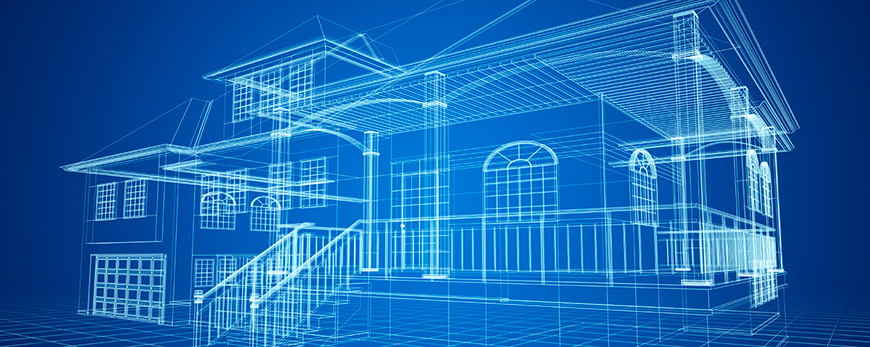The Vital Duty of an Engineer in Shaping Lasting Urban Settings for Future Generations
The function of an architect in crafting sustainable urban settings is significantly essential in responding to the challenges of environment adjustment and urbanization. By effortlessly integrating ecological concepts into their designs, architects not just improve the aesthetic and useful top quality of urban rooms however also address pushing problems such as power performance and social equity.
Comprehending Sustainable Urban Layout
Sustainable city design integrates eco-friendly principles with city planning to create settings that are not only livable however also resistant. This method emphasizes the relevance of integrating all-natural systems into the city textile, ensuring that advancement fulfills the requirements of the existing without jeopardizing the capability of future generations to satisfy their own needs. Crucial element of lasting metropolitan layout include reliable land use, the promo of biodiversity, and the combination of green areas, every one of which add to improved lifestyle for homeowners.
In addition, lasting city design focuses on the decrease of the metropolitan warmth island effect, boosted air top quality, and reliable stormwater monitoring. It encourages using renewable energies and energy-efficient building practices, which dramatically lower carbon footprints. In addition, sustainable urban style cultivates social equity by creating available public areas and advertising mixed-use developments that deal with varied populaces.
Through thoughtful planning and innovative design methods, lasting city settings can boost area strength versus climate adjustment while cultivating financial growth. This all natural method not just addresses instant metropolitan difficulties but also prepares for healthier, much more sustainable cities for generations to come.
Trick Duties of Architects
Architects play a crucial duty in forming sustainable city settings by equating style principles right into tangible structures and rooms. Their duties include a large range of tasks that add to the general success of metropolitan design tasks.
Most importantly, architects carry out detailed website analyses to recognize the environmental, social, and cultural context of their tasks. This foundational knowledge notifies their design decisions, ensuring that buildings harmonize with their surroundings. They additionally engage in joint processes with stakeholders, including city coordinators, engineers, and the neighborhood, fostering a comprehensive technique to urban growth.
Additionally, engineers are entrusted with developing designs that maximize energy effectiveness, source conservation, and capability. They must stick to local zoning legislations, constructing codes, and sustainability certifications, ensuring compliance while pressing the boundaries of advancement.
Moreover, architects are accountable for taking care of the style procedure, collaborating with various experts throughout the building and construction phase to make certain that the vision is realized precisely (cda architects). Eventually, their function is not solely regarding visual appeals; it has to do with producing durable, flexible spaces that boost the lifestyle for existing and future generations, address preparing for lasting urban living
Ingenious Materials and Techniques

In addition, improvements in technology have actually caused the advancement of high-performance products, such as insulated concrete types (ICFs) and photovoltaic or pv glass, which add to energy preservation and harness eco-friendly energy. Strategies such as passive solar design and environment-friendly roofings further exhibit exactly how design can balance with all-natural systems, minimizing reliance on man-made heating and air conditioning.
In addition, the combination of clever materials, which adjust to environmental adjustments, supplies appealing avenues for enhancing structure performance. These products can react to temperature level fluctuations or wetness degrees, optimizing convenience and sustainability.
Ultimately, the tactical option and application of innovative materials and strategies empower designers to develop urban rooms that are not just practical and cosmetically pleasing however also durable and eco liable, guaranteeing a lasting future for generations to find. Find Out More cda architects.
Community Interaction and Cooperation
The success of innovative products and strategies in lasting urban architecture is significantly boosted by energetic find more information community interaction and cooperation. Engineers need to acknowledge that the built setting greatly impacts the lives of local homeowners, making it imperative to entail them in the design process. Involving the community cultivates a sense of ownership and liability, guaranteeing that growths not only meet visual and functional demands but additionally show the values and goals of those that occupy them.

Successful community interaction additionally aids in prioritizing social equity within urban advancement. By taking into consideration the voices of marginalized populations, engineers can develop rooms that are comprehensive and fair. In this means, area interaction and cooperation come to be indispensable to attaining truly lasting city settings that serve the demands of existing and future generations.
Future Fads in Lasting Style
An arising concentrate on flexible reuse and round economic situation concepts is set to redefine the landscape of sustainable style. As cities grapple with raising populace thickness and environmental challenges, architects are progressively turning to techniques that optimize existing frameworks instead than going after new builds. This method not only maintains social heritage however also significantly reduces resource consumption and waste.
Additionally, innovations in innovation are shaping future fads in lasting architecture. The assimilation of clever materials and building systems permits real-time energy administration, improving efficiency and lowering carbon footprints. Innovations such as environment-friendly roofs, living wall surfaces, and energy-generating exteriors are becoming typical methods, further advertising environmental balance within city atmospheres.
Moreover, a shift in the direction of biophilic style is getting traction, stressing the connection in between nature and human well-being. By integrating all-natural elements, engineers create areas that cultivate mental wellness while promoting biodiversity.
Conclusion
In final thought, architects are crucial ahead of time lasting urban atmospheres through their expertise in style, cutting-edge materials, and community interaction. By focusing on energy performance and resource preservation, these professionals contribute to the production of resilient urban areas that fulfill the needs of existing and future generations. The integration of ecological principles not only boosts livability yet likewise cultivates social equity, guaranteeing advancements reverberate with the worths and aspirations of the neighborhoods they offer.